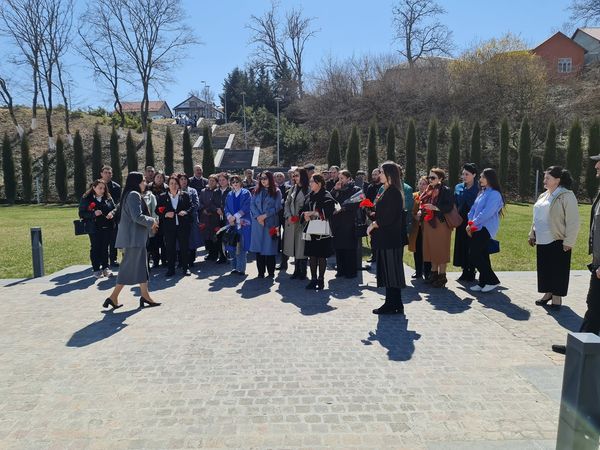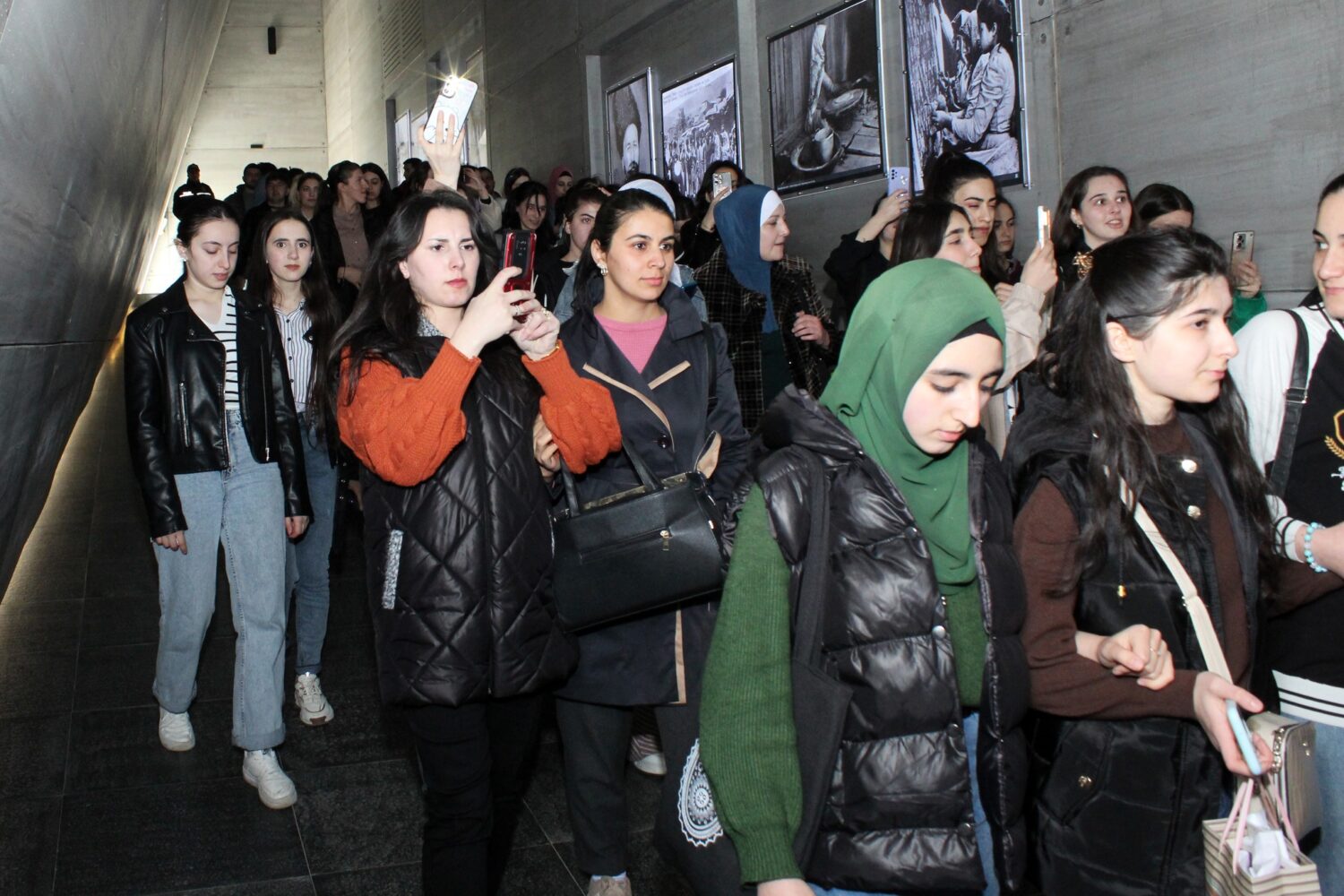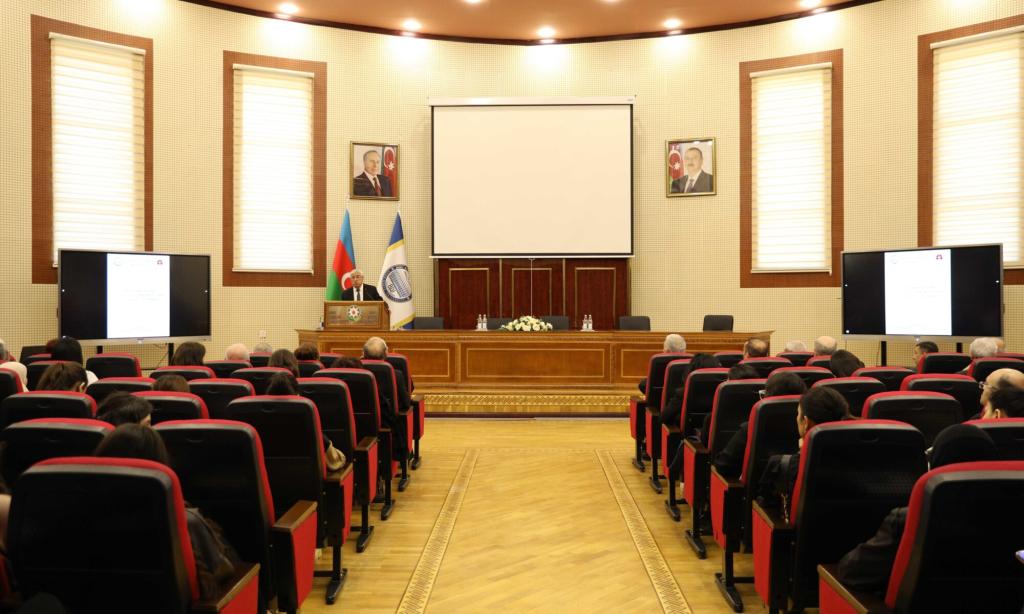
Video footage capturing the commemoration event on March 31, the Genocide Day of Azerbaijanis.
In commemoration of the 106th anniversary of the 1918 genocide of Azerbaijanis, employees from various organizations and institutions across the republic, alongside teachers, students, and pupils from general educational institutions, visit the Genocide Memorial Complex.








On the occasion of the Day of Genocide of Azerbaijanis on March 31st, activists from various Youth and Sports Departments across the republic, coordinated by the Guba-Khachmaz Regional Youth and Sports Department, visited the "Genocide Memorial Complex" in Guba.


Noteworthy is the participation of these activists from the Youth and Sports Departments under the Ministry of Youth and Sports in the initiative titled “One tree, one thousand breaths,” spearheaded by the Complex. Their involvement led to the planting of hundreds of trees, contributing to the initiative’s success.
On the occasion of the 106th anniversary of the genocide perpetrated against Azerbaijanis on March 31st, a commemorative event was conducted at the Genocide Memorial Complex. The event was jointly organized by the State Service for the Protection, Development, and Restoration of Cultural Heritage under the Ministry of Culture of the Republic of Azerbaijan, the Executive Power of Guba region, and the "Genocide Memorial Complex" in Guba, drawing a mass attendance.











Notable attendees at the event included Mr. Ilgar Mahmudov, the head of the Guba R&H, Mrs. Sabina Hajiyeva, the head of the State Service for the Protection, Development, and Restoration of Cultural Heritage under the Ministry of Culture of the Republic of Azerbaijan, as well as Dr. Kahraman Agayev, the head of the archaeological monuments collection sector of the ANAS Institute of Archeology, Ethnography, and Anthropology. Representatives from law enforcement agencies, local executive authorities, department heads, enterprises, organizations, media outlets, and tens of thousands of individuals participated.
The event commenced with the laying of flowers at the monument of the national leader Heydar Aliyev, followed by homage paid at the monument erected in memory of the victims of the 1918 genocide. Participants also explored the museum within the complex and viewed a photo exhibition by Belarusian photographer Lev Dashkevich, capturing scenes from 1918.
The conclusion of the event featured Sabina Hajiyeva, head of the State Service for Protection, Development, and Restoration of Cultural Heritage under the Ministry of Culture of the Republic of Azerbaijan, addressing questions posed by journalists.
Officials from the Union of Turkish Elders, Guba District Executive Power, and Azerbaijan State Pedagogical University visited the "Genocide Memorial Complex" in Guba.





In observance of the Day of the Genocide of Azerbaijanis on March 31st, a significant influx of visitors persists at the "Genocide Memorial Complex" in Guba. Among the visitors, military personnel, teachers, and students from general education institutions comprise the majority.







In commemoration of the Day of the Genocide of Azerbaijanis on March 31st, Joshgun Aliyev, the head of the Guba-Khachmaz Regional Education Department, along with his staff, visited the "Genocide Memorial Complex" in Guba. During their visit, detailed information about the genocides of 1918 was provided to the visitors.









In commemoration of the Day of Genocide of Azerbaijanis on March 31st, a republican scientific-practical conference titled "Consequences of the 1918 Genocide against Azerbaijanis" took place at Baku Girls' University. During the conference, representatives from the "Genocide Memorial Complex" in the city of Guba, including Associate Professor Subhan Talybli, Latafat Beybutova, Ulkar Zeynalova, and Nurjan Allahverdiyeva, presented their scientific articles.






An event commemorating March 31st, the Genocide Day of Azerbaijanis, took place at the Academician Ziya Bunyadov Institute of Oriental Studies of ANAS. During the event, representatives from the "Genocide Memorial Complex" in Guba, including Deputy Director Mehriban Aliyeva, Doctor of Philosophy in History Subhan Talibli, and Nurjan Allahverdiyeva, delivered speeches presenting their articles.

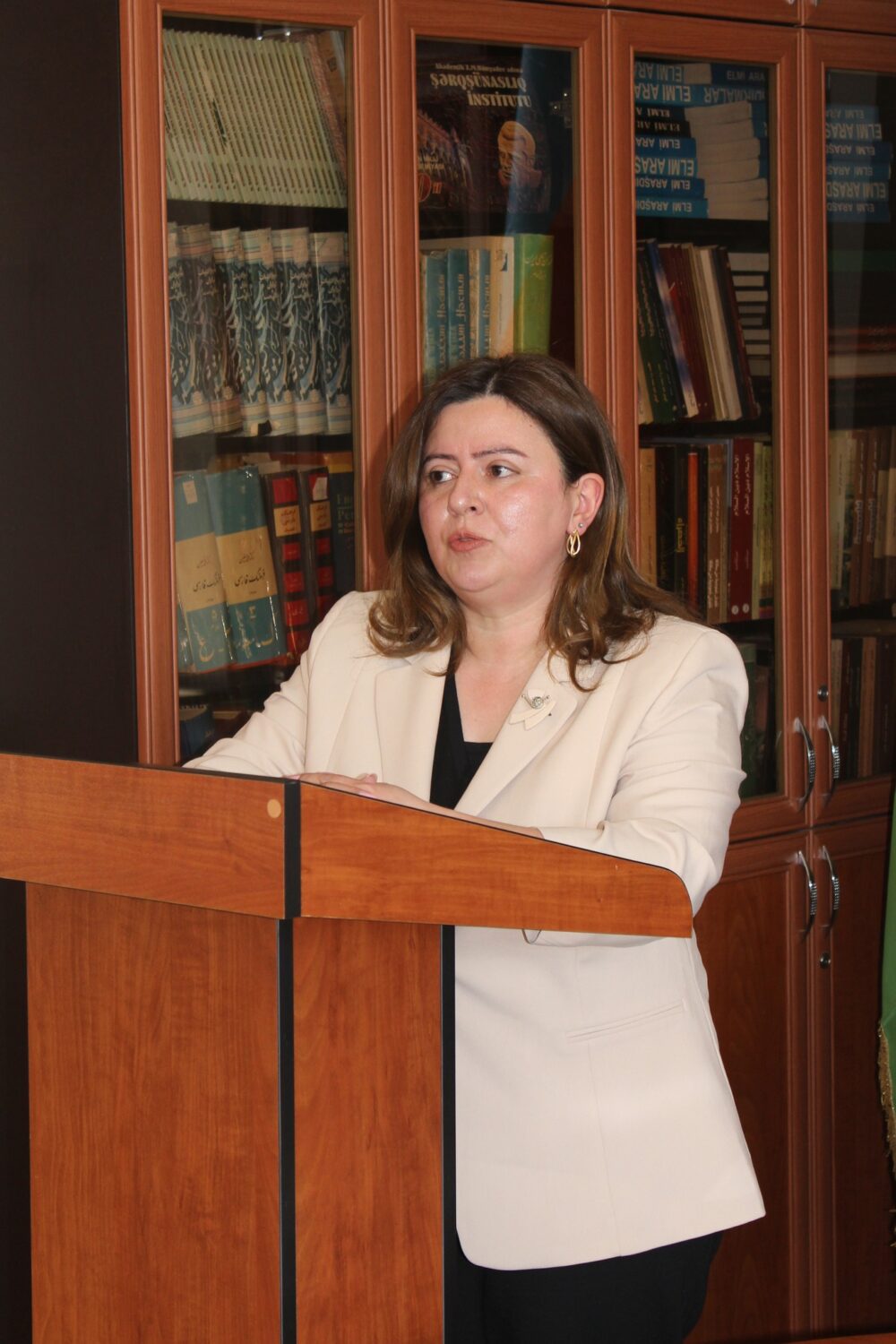


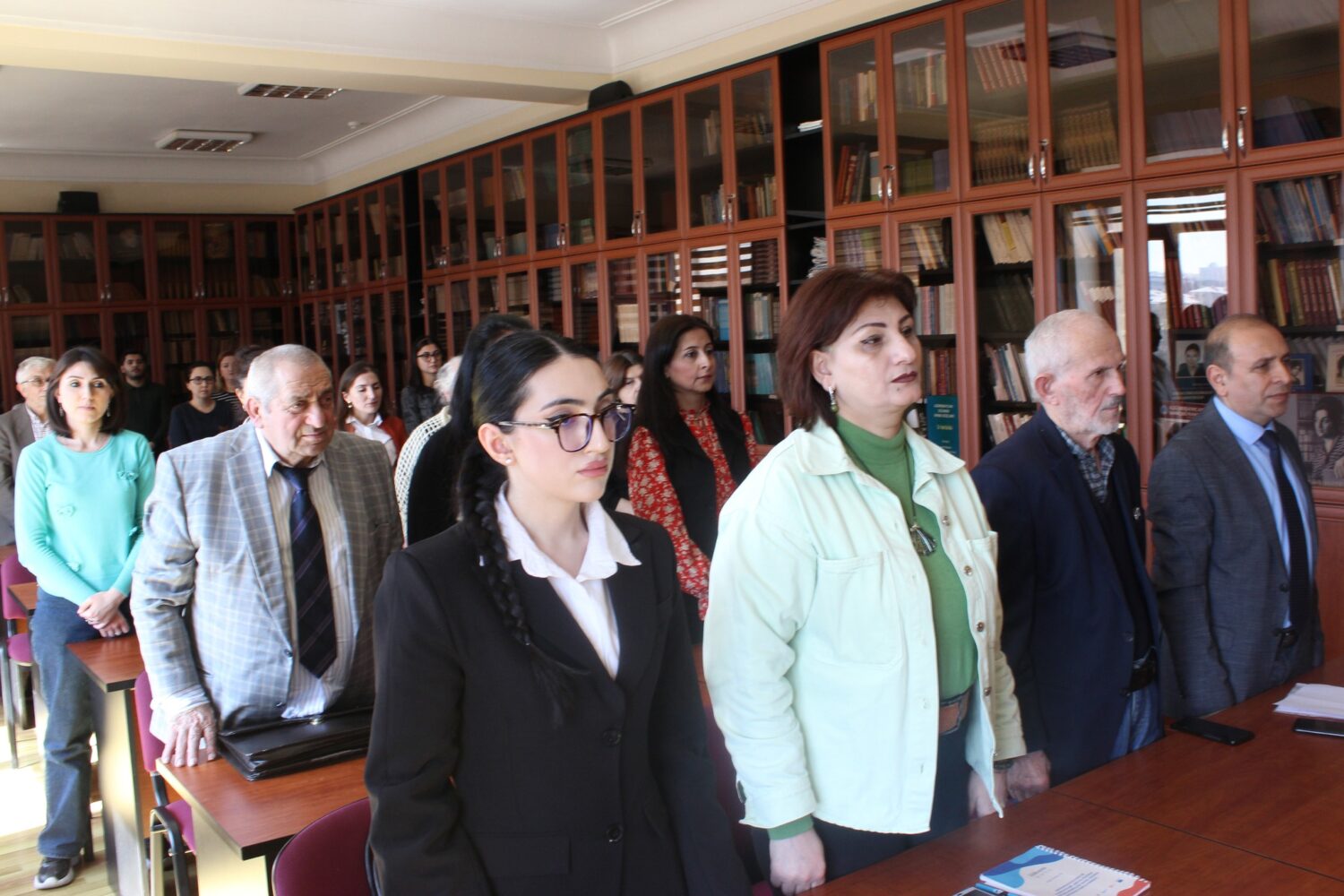
In commemoration of the 106th anniversary of the 1918 genocide against Azerbaijanis, the II Republican Scientific Conference titled "1918 Genocides in Historical Research" was conducted at Baku State University. Latafat Beybutova and Ulkar Zeynalova, both employees of the Scientific Research, Exposition, and Foundation department of the "Genocide Memorial Complex" in Guba, presented their reports on the topic during the conference.








On the eve of the 106th anniversary of the genocide of Azerbaijanis on March 31st, there has been a notable increase in the number of visitors to the "Genocide Memorial Complex" in Guba.

